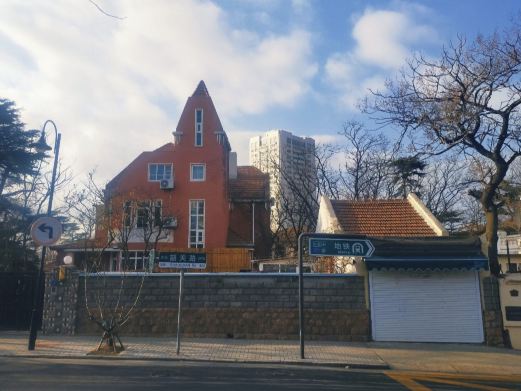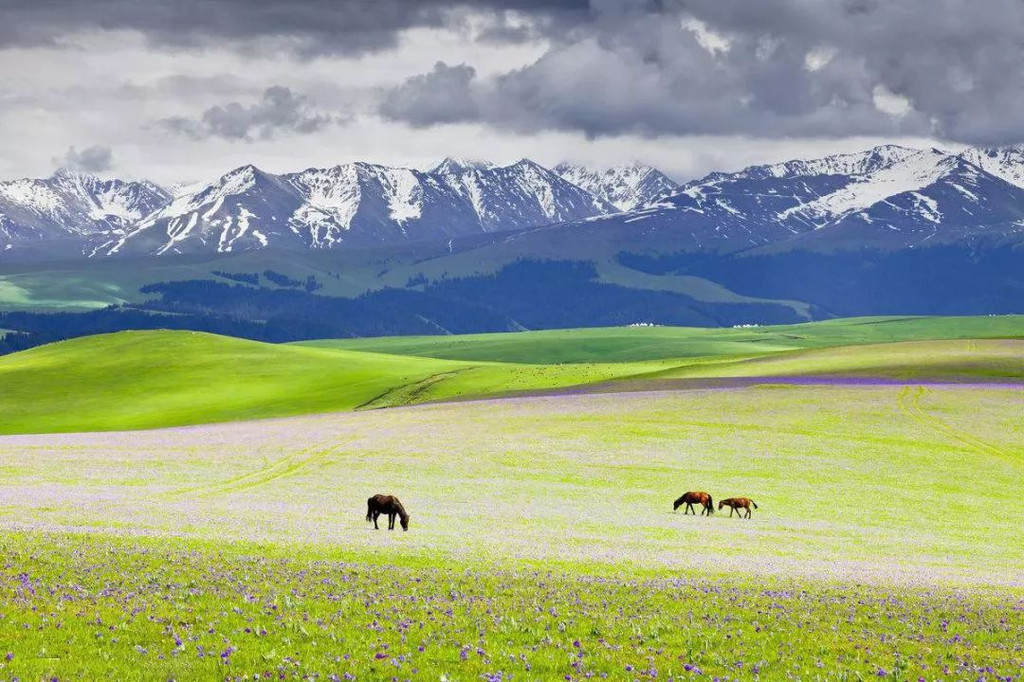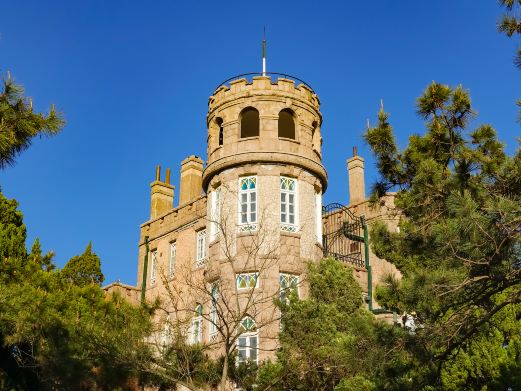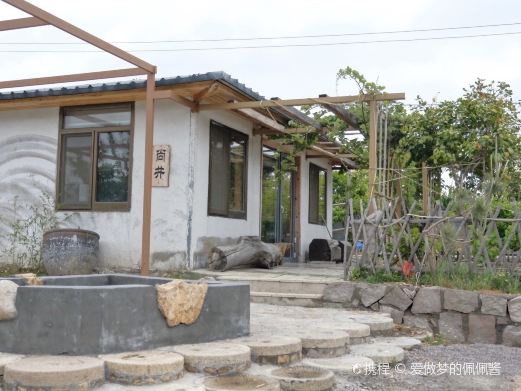A fold of green mountains like a screen, a glimpse of a spring like a wonder, the place where Jade Emperor cultivated truth, and where Laozi also had a fondness. This steep cliff is called Cuiping Rock. Looking up, the cliff stands tall, about 30 meters high, with a lush and colorful rock body, resembling a brocade screen, hence the name ‘Cuiping Rock’. Numerous inscriptions on the rock face are from the Ming Dynasty figures Chen Yi, Zou Shan, and Cai Shu Kui.
This cave beneath the rock is called ‘Yuhuang Cave’, a natural cavity, 1.2 meters wide and 1.8 meters high, with an interior shape resembling a卯, and smooth walls. The inscription ‘Yuhuang Cave’ on the cave’s lintel was written by Zhou Lu, a military scholar of the Ming Dynasty. According to mythological legends, this cave is where the Jade Emperor achieved enlightenment, and in the past, a statue of the Jade Emperor was enshrined here. Geologists have determined that due to the unique geological structure of Laoshan, the granite contains crystals, and these caves were formed after ancient mining. The open space in front of the cave was the original site of the Laojun Hall of the Huilou Palace, which was destroyed at the end of the Ming Dynasty. The ginkgo tree in front is the one planted when the temple was built, and it is still full of vitality and growing well.Qingdao Laoshan National Scenic Area – Yuhuang Cave
A fold of green mountains like a screen, a glimpse of a spring like a wonder, the place where Jade [[...]









